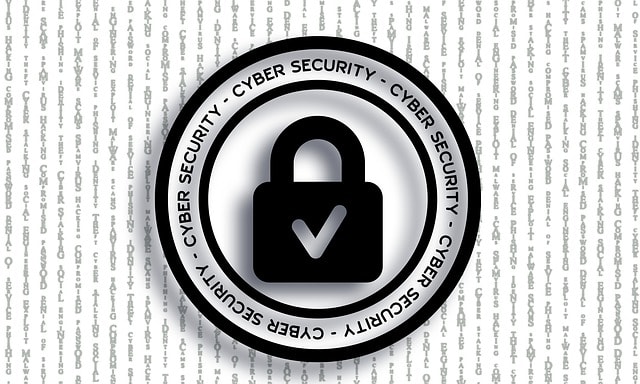The danger of phishing attacks is greater than ever in an age where our lives revolve around the digital world. While the internet is a wealth of knowledge and connectivity, it is also home to individuals looking to take advantage of gullible consumers. We must develop a keen eye for recognizing phishing assaults and strengthening our defenses against these online hazards as we explore the vast cyberspace.
You might have seen emails seemingly from your bank urgently requesting that you verify your account details by clicking on a link. The urgency tugs at your instincts, but before you hastily comply, consider this blog your virtual shield against such phishing attempts.
Keep reading to uncover the subtle signs and red flags that can help you distinguish legitimate communication from a phishing expedition.
Understanding the Anatomy of a Phishing Attack
Phishing attacks are deceptive attempts to acquire sensitive information such as usernames, passwords, and financial details by posing as trustworthy entities. These attacks often take the form of emails, messages, or websites designed to mimic reputable sources. The perpetrators behind these schemes are cunning, exploiting both technology and psychology to deceive their targets.
Spotting the Signs of a Phishing Attack
When it comes to catching a phishing attack before it catches you, there are some signs to look out for:
Sender’s Email Address: Unmasking the Impersonators
Legitimate organizations use official email domains. Watch out for slight variations or misspellings in the sender’s email address. Phishers often employ tactics like substituting ‘rn’ for ‘m’ to create a convincing facade. For instance, an email supposedly from your bank might come from an address like service@yourbank.co instead of the legitimate service@yourbank.com. Look closely at the sender’s email address and compare it to the organization’s official contact information.
You may receive an email from your favorite online store claiming you have won a substantial discount voucher. The sender’s email address seems slightly off, with an extra letter inserted. Before eagerly clicking any links, pause and confirm the sender’s authenticity.
Content of the Message: Navigating the Waves of Urgency
Phishing emails often create a sense of urgency or panic, pressuring you to take immediate action. Be wary of emails threatening dire consequences if you fail to comply promptly. Legitimate institutions typically communicate calmly and professionally. Phishing emails, on the other hand, often employ psychological tactics and claim that your account is at risk or that immediate action is required to prevent a security breach. Beware of messages that push you to click on links or download attachments hastily.
Imagine receiving an email from what appears to be your cloud storage provider, urgently stating that your account will be suspended unless you verify your credentials within the next hour. The panic sets in and tempts you to click the provided link without a second thought. An attentive reader, however, will observe subtle grammatical errors and an unusual tone. Before taking action, take a step back and objectively assess the situation.
Generic Greetings: Adding a Personal Touch to Your Defenses
Phishing emails often use generic greetings like “Dear Customer” instead of addressing you by name. Authentic communications from your bank or service provider will typically address you personally. Exercise caution if an email begins with a generic greeting like “Dear Customer” instead of addressing you by name.
Your financial institution may send you an email with a generic salutation urging you to reset your password by clicking on a convenient link. Before proceeding, consider the impersonal tone and the absence of your name—clear indications of a potential phishing attempt.
Navigating Safely: Mastering the Art of Hovering Over Links
When you hover over a link, the browser will display the actual URL in the bottom left corner of your browser window. If the URL doesn’t match the website that the link is supposed to go to, don’t click on it.




